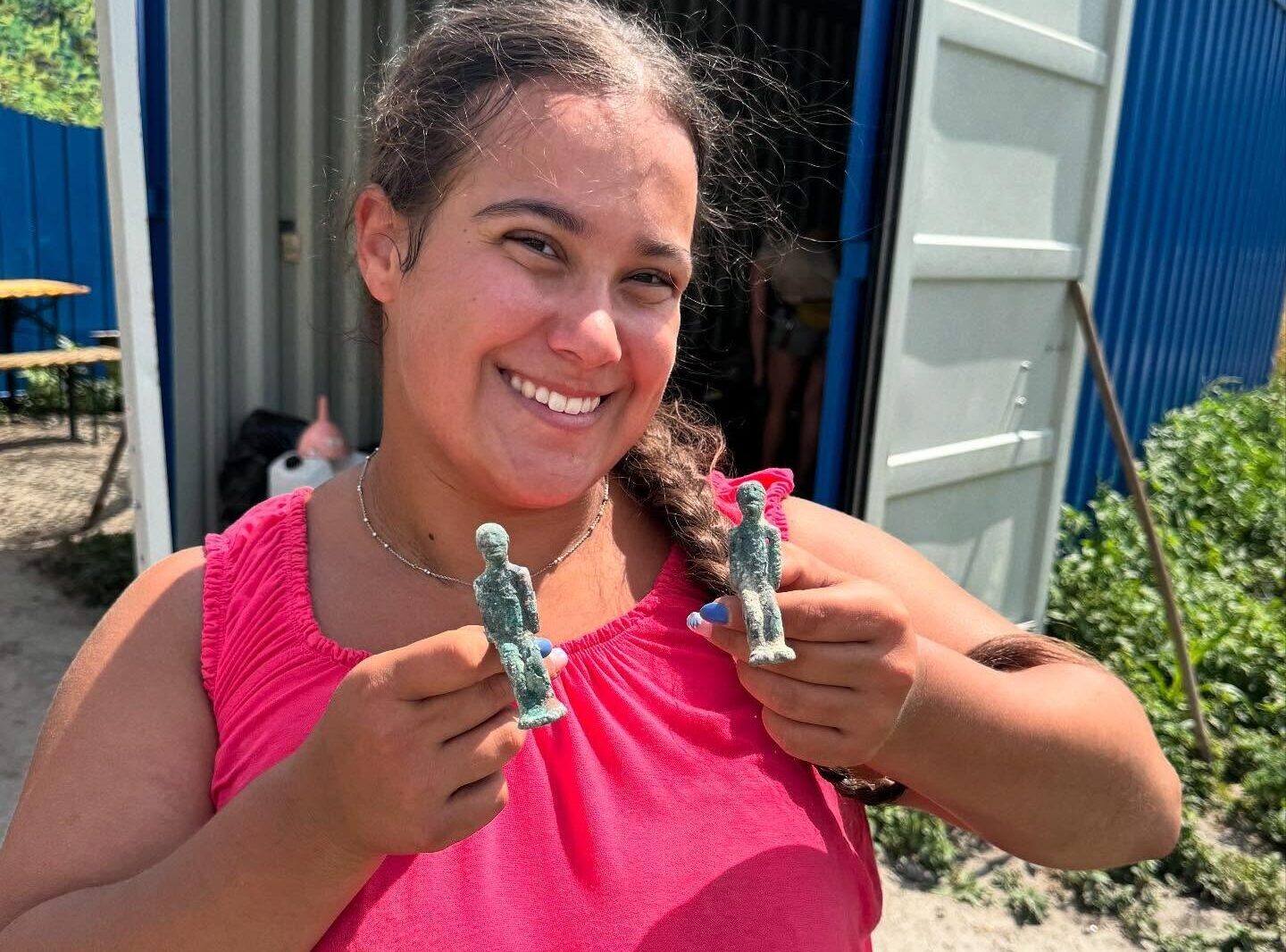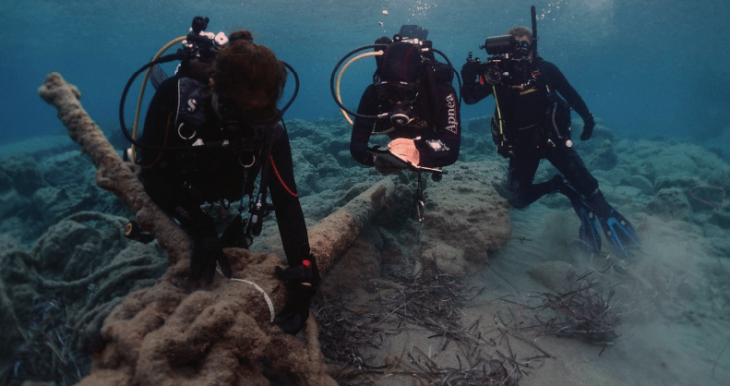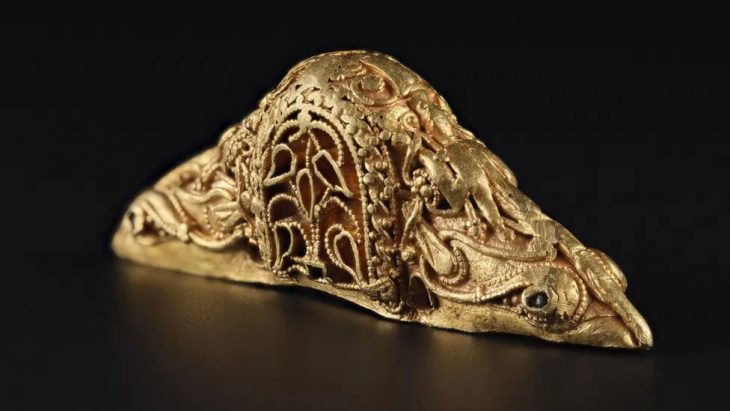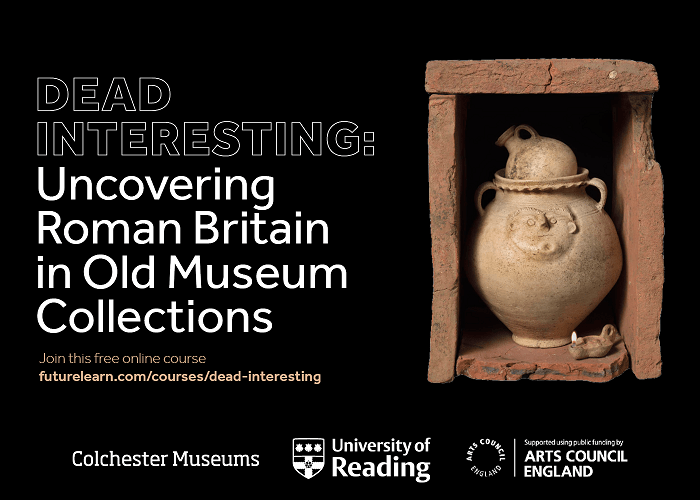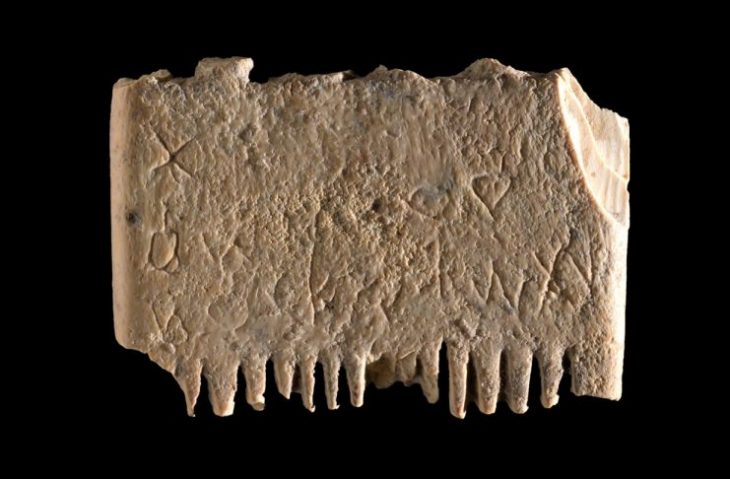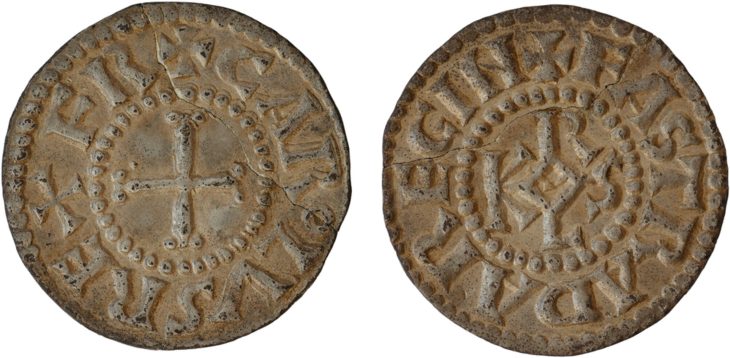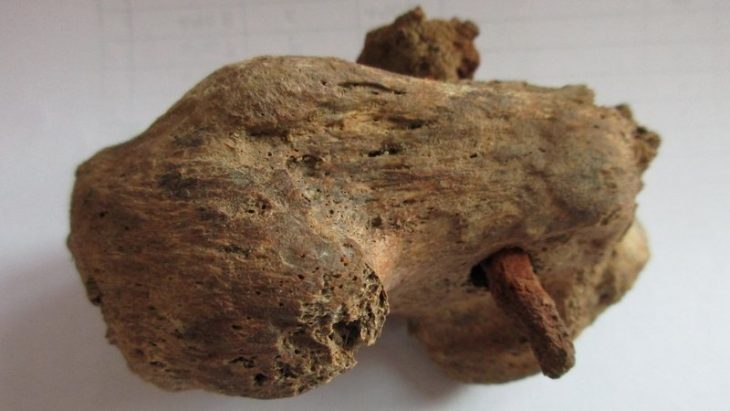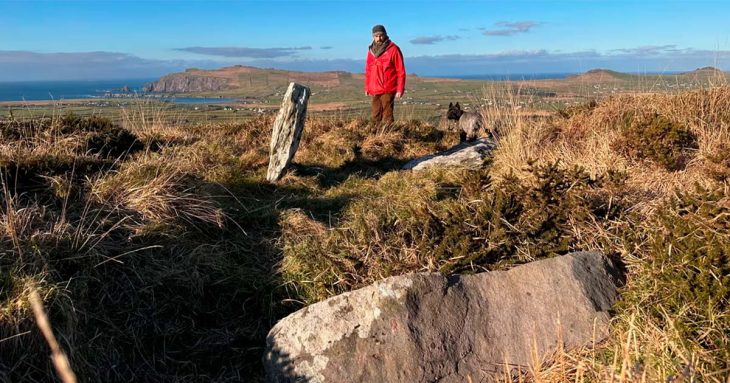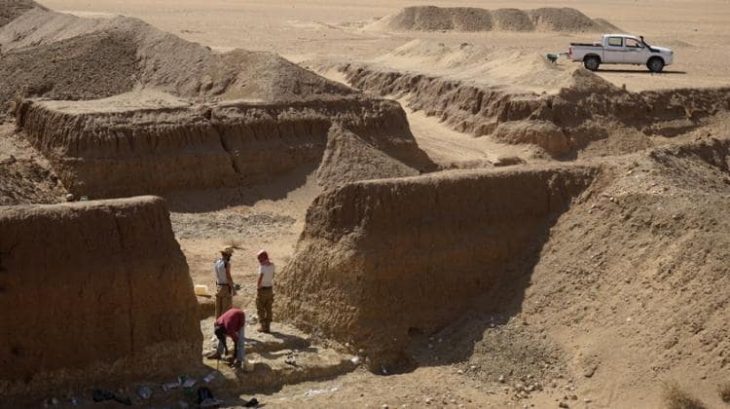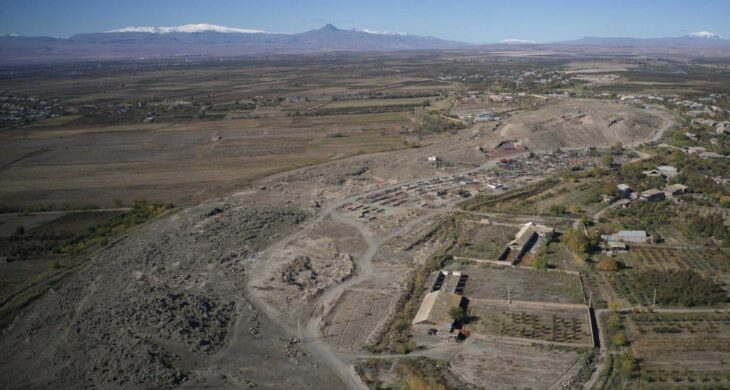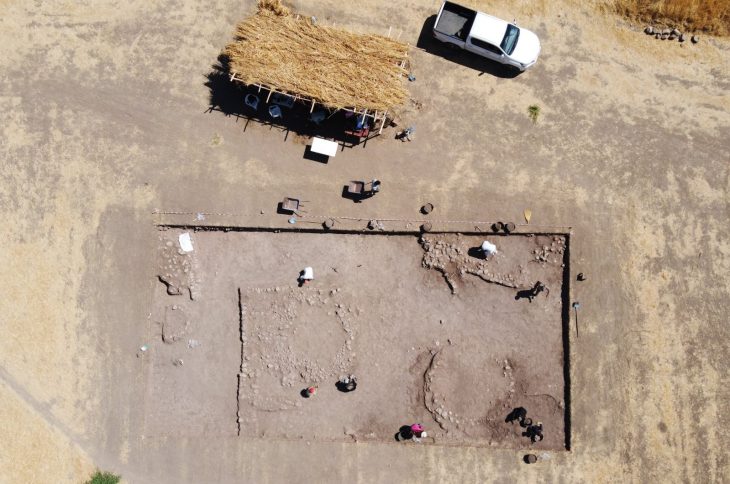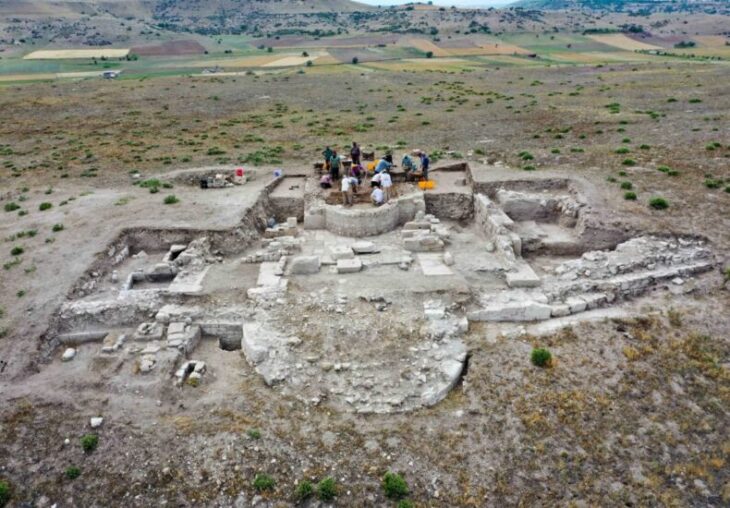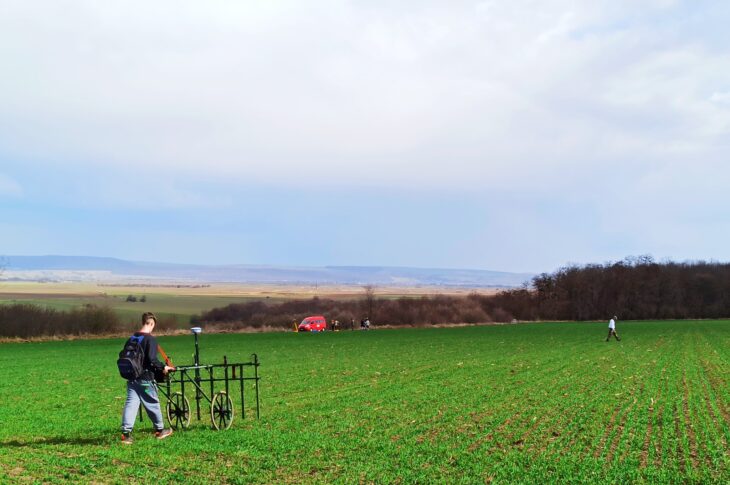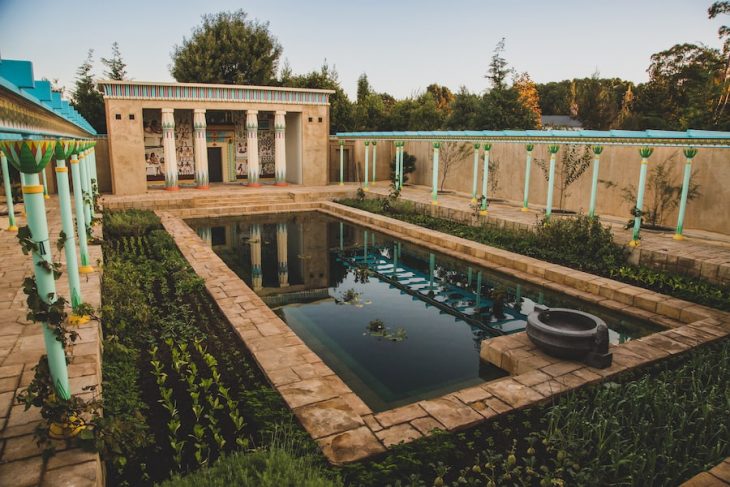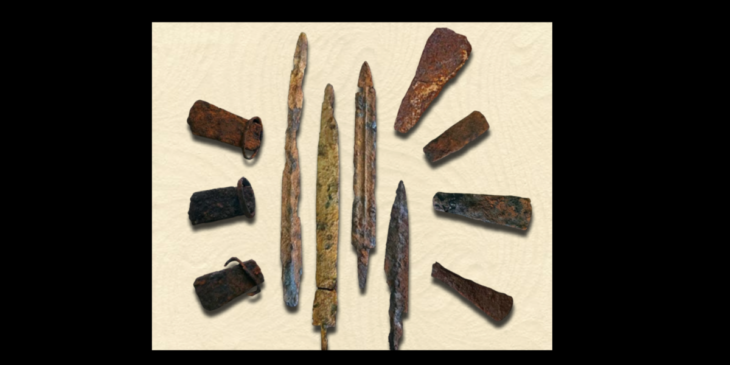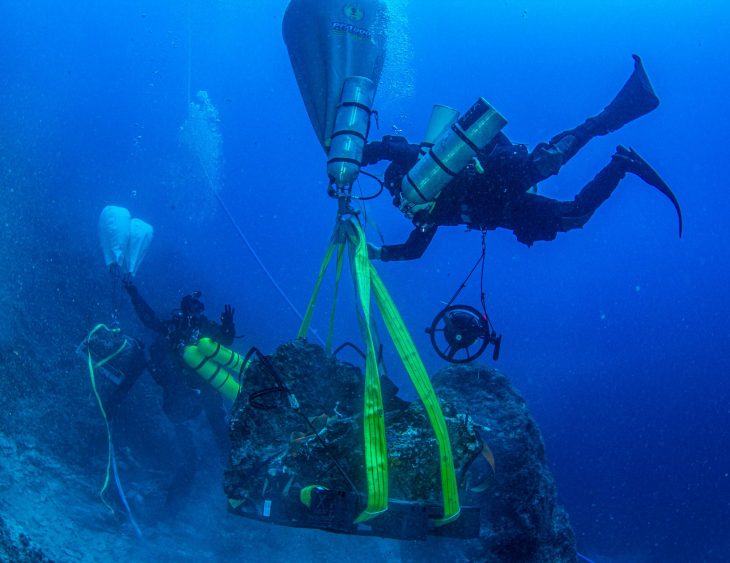A remarkable archaeological discovery emerged this July at the ancient Roman site of Brigetio in Komárom, Hungary. First-year archaeology student Laura Zentai, participating in ongoing excavations, uncovered three rare bronze figurines estimated to be over 2,000 years old. These artifacts offer new insights into Roman military life and craftsmanship on the empire’s southeastern frontier.
Uncovering History at Brigetio
Brigetio, located in modern-day Komárom near the Hungarian-Slovak border, was an important Roman military settlement in the province of Pannonia from the late 1st century AD. It served as a strategic border defense camp guarding the Roman Empire’s northern frontier along the Danube River. Excavations at Brigetio have been ongoing for decades, attracting Hungarian university students and international researchers interested in Roman military architecture, daily life, and material culture.
This summer marked the beginning of fieldwork for Laura Zentai, a student from Mosonmagyaróvár. Despite being her first outdoor excavation experience, Zentai’s contributions were significant. As reported by Hungarian news portal 24.hu, she uncovered three bronze figurines among the ruins of a long-destroyed building at Brigetio.
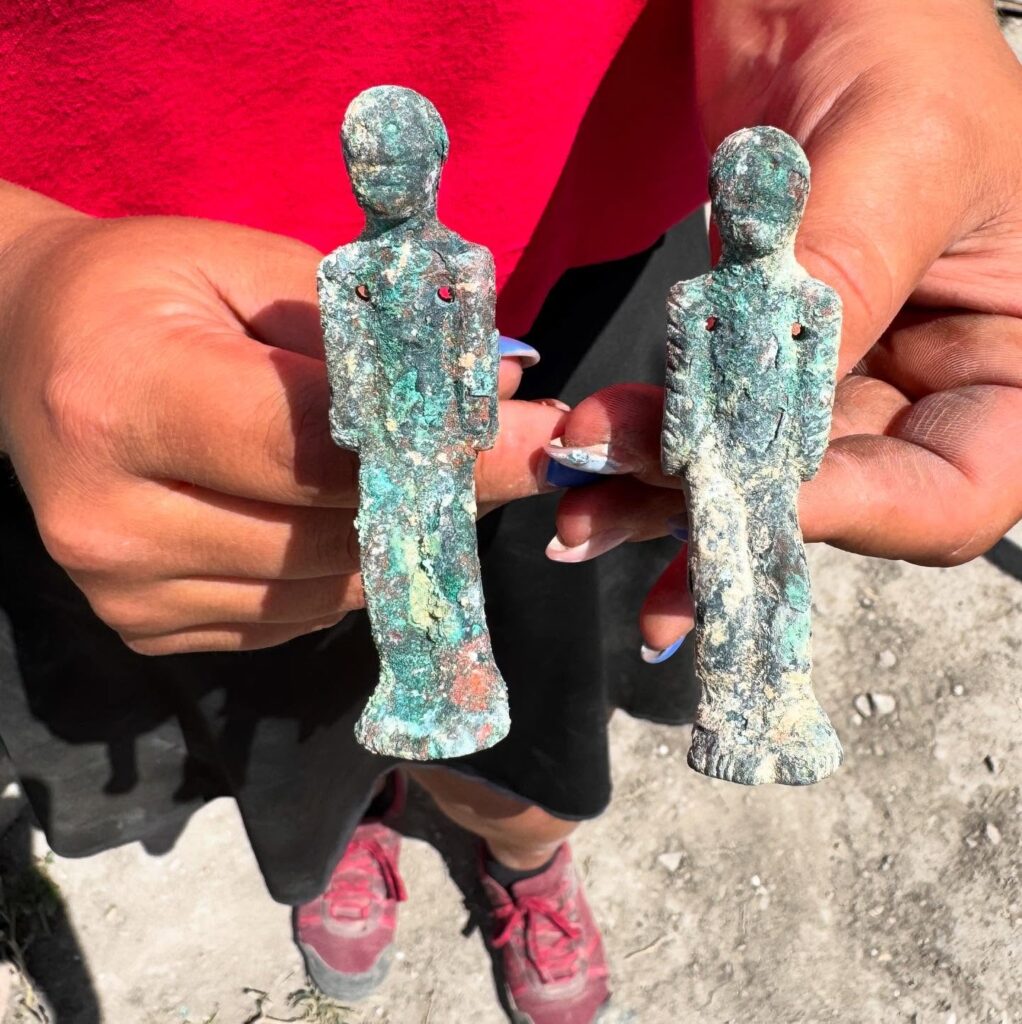
The Bronze Figurines: Decoration and Function
The three miniature bronze figures differ in form and detail, with two representing a small human figure, while another was found in a fragmentary state. Experts believe these figurines were not merely decorative items. According to a report by Kemma.hu, their intricate craftsmanship and size suggest a functional role, possibly as decorative stabilizers on the base of a cistern or storage vessel used within the Roman camp.
Bronze figurines of this type are rare finds in Hungary, making this discovery particularly noteworthy for understanding Roman material culture in the region. Such objects offer clues to the everyday life of Roman soldiers and the practical, artistic, and symbolic elements they incorporated into their environment.
📣 Our WhatsApp channel is now LIVE! Stay up-to-date with the latest news and updates, just click here to follow us on WhatsApp and never miss a thing!!
Significance for Roman Archaeology and Local Heritage
The discovery of these figurines enriches knowledge about Brigetio’s infrastructure and its role within the Roman Empire’s border defense system. As a major military hub in Pannonia, Brigetio housed legionaries and auxiliary troops responsible for securing the empire’s borders and maintaining control over the Danube frontier.
This find also highlights the active role of university students in archaeological research in Hungary. Zentai’s discovery demonstrates how new generations of archaeologists are contributing valuable insights, expanding the historical narrative of Roman military settlements.
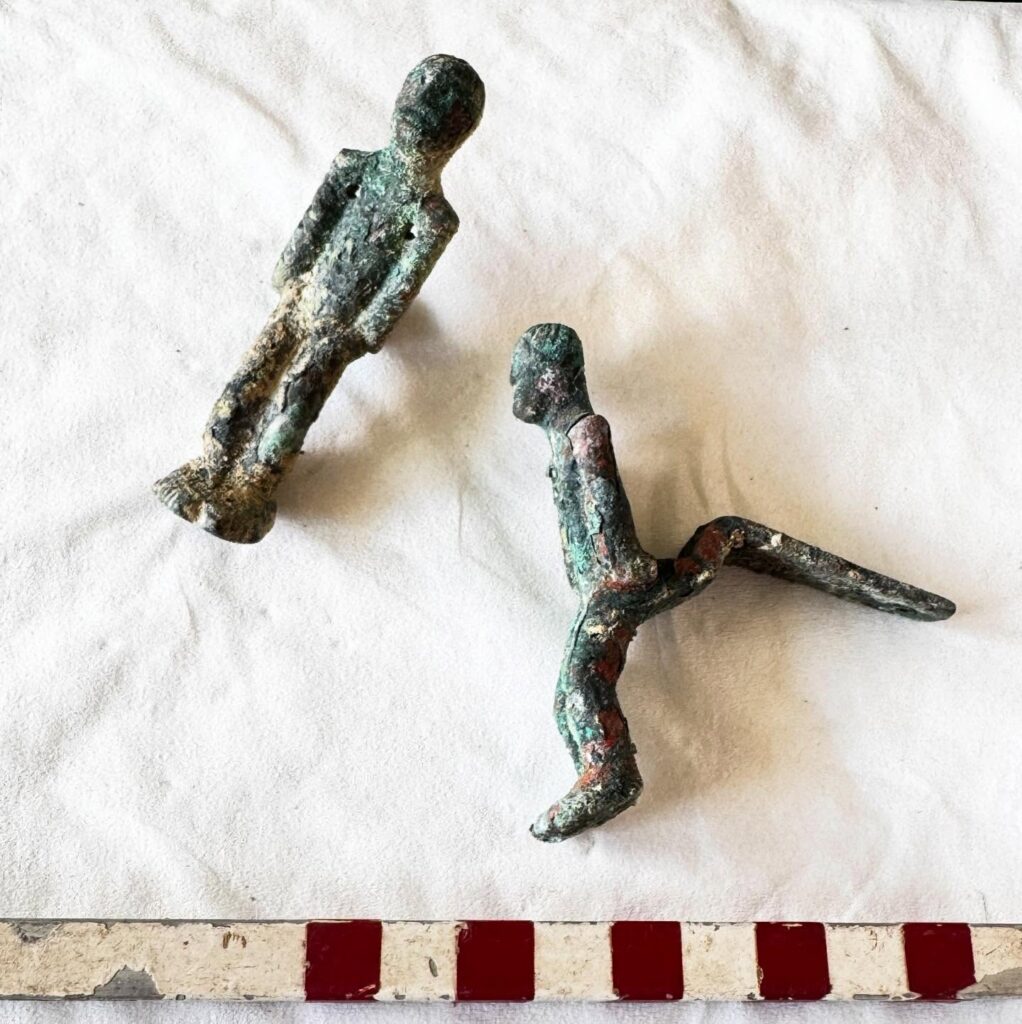
A Promising Future for Brigetio Excavations
Laura Zentai described her first excavation as a “dream experience,” underscoring the thrill of unearthing such valuable artifacts early in her career. Excavations at Brigetio continue, with archaeologists hopeful for further significant finds that can illuminate the social, military, and economic aspects of life in Roman Pannonia.
The ongoing work not only advances scientific understanding but also serves as an inspiration to students and historians passionate about uncovering the past. These discoveries help preserve and promote Hungary’s rich archaeological heritage while connecting local communities with their ancient history.
Cover Image Credit: Laura Zentai. Brigetio/Facebook

